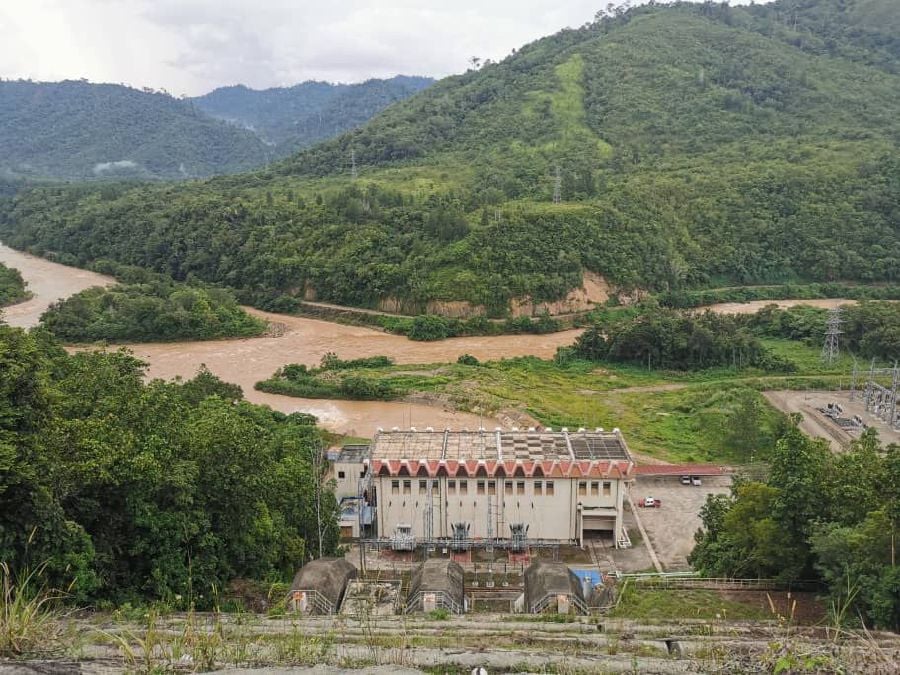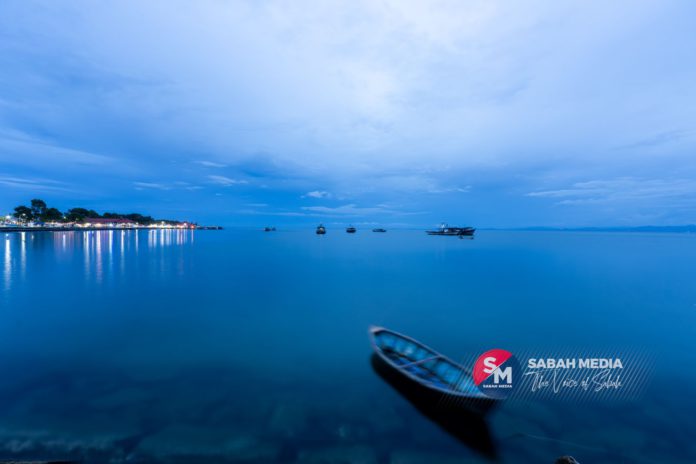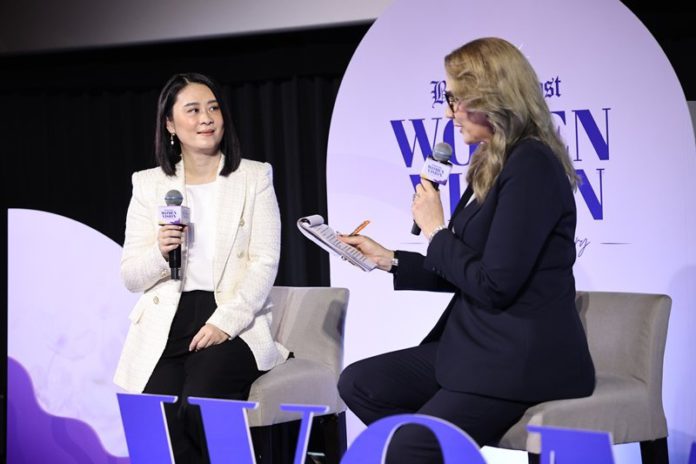By Vivien Joannes
KOTA KINABALU, July 20, 2023:
There have been a lot of concerns of late pertaining to the power supply in Sabah.
And while power disruption is nothing new in the state, consumers are hoping that this norm would somehow be a thing of the past.
With increasing demands for a more stable power supply in Sabah, the public are also beginning to question the status of projects aimed at bettering the state’s utility services.
One that came up was the RM2.3 billion Upper Padas 180MW hydroelectric dam in Tenom, which commenced work in 2013 and was scheduled to be completed in 2019.
However, according to The Vibes, the Special Environmental Impact Assessment (SEIA) final report released in May last year revealed that the project was suspended for many years due to technical design issues.
In 2015, a 60 per cent stake in the project was given to Kerjaya Kagum Hitech JV Sdn Bhd, while 20 per cent each went to the Sabah Electricity Sdn Bhd (SESB) and Sabah Government.
Just three years back, it was reported that the appointed contractor tasked to undertake the preliminary works faced financial constraint, forcing further delay to the project.
As a result, the Federal Government then approved a RM569 million soft loan to SESB for an equity injection into a special purpose vehicle or consortium tasked to undertake the project.
Today, entering its 10th year, the project has yet to start. It is hoped that the new company would be able to complete the decade-long project. Fingers crossed.
Meanwhile, last year, Sabah Chief Minister Datuk Seri Hajiji Noor announced that the state government supports the application by New Sabah Hydro to develop the project, and identified the Upper Padas projects as a 170MW hydroelectric plant with a run-of-river concept at Sungai Maligan and Ulu Padas in Sipitang.
This announcement came after Jentayu Sustainables Bhd received a letter of approval from the Sabah government to develop run-of-river power plants on the two rivers code-named Project Oriole, with installed capacities of 31MW and 129MW, and is part of the company’s existing renewable energy projects.
It is believed that the Telekosang Hydro One (TH1) cascading run-of-river hydropower plant had began its operation after its successful test mid February this year.
Aimed at meeting 16.3 per cent of Sabah’s total electricity requirements, and expected to generate RM65 million cash flow per-year over the next 21 years, the TH1 is Malaysia’s largest privately-owned cascading ROR hydropower plant, and is the first to be finanved by a greenfield mini-hydro SRI sukuk.
However, a quick check on the project, and based on photos sent to the Sabah Media from a reliable source, showed some development on site, involving heavy land clearing and hill cutting, however raised eyebrows as to whether there was thorough monitoring to ensure it complies with the EIA standards.
If Sabahans have to wait for another decade to get stable power supply, then the Sabah government should consider an alternative by looking for a company outside Malaysia that could offer a more pragmatic and sound method of power generation, and yet has vast experience in hydroelectric projects and is willing to propose a more competitive selling price.
If an international company is the answer to improve the state’s energy supply, there is no reason for the Sabah government to deny the possibility of fulfilling the people’s wish for a more stable power connection to their homes.




